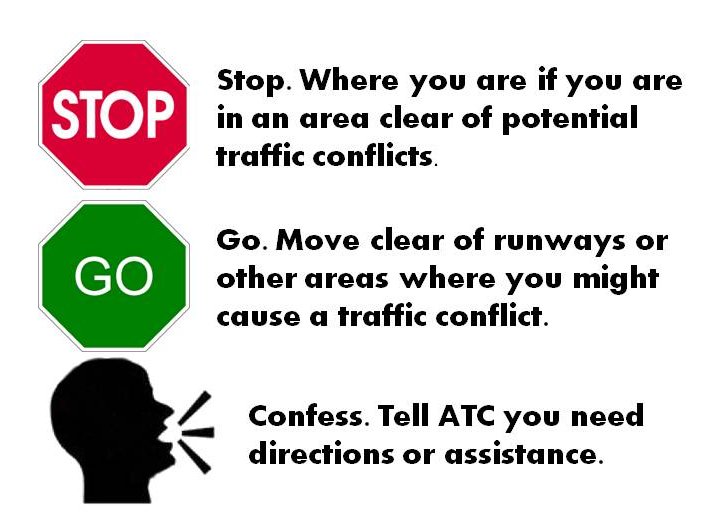Here is a video from in the AOPA Air Safety Institute’s Runway Safety online course….with a special appearance from Jason Blair.
Check out the full course at: http://www.aopa.org/lms/courses/runway-safety/
Here is a video from in the AOPA Air Safety Institute’s Runway Safety online course….with a special appearance from Jason Blair.
Check out the full course at: http://www.aopa.org/lms/courses/runway-safety/
Here is a video from in the AOPA Air Safety Institute’s Runway Safety online course….with a special appearance from Jason Blair.
Check out the full course at: http://www.aopa.org/lms/courses/runway-safety/
A couple of the biggest accidents in aviation history have been the result of “runway incursions” where more than one aircraft were on a runway at eh same time due to confusion, missed clearances, or just human error. Avoiding runway incursions remains a critical safety concern in the aviation community, and it is General Aviation activities that continue to make up the largest number of incursions each year.
Through three simple steps, you can help avoid runway incursions.
 First. Stop.
First. Stop.
If you are taxiing and are unclear of what you are supposed to do, where you are, or where you are going and are not on a runway, STOP. Do not go any further and risk the potential of taxiing onto or across a runway that is active or inactive.
Second. Go.
If you are taxiing and believe you are on a runway that is active or inactive, get off of it, then stop. Getting yourself clear of a runway is critical to making sure you are not in a location that could be in the way of other aircraft in the process of takeoff or landing. This is an active step you should take if you are in doubt at all that your position would potentially be at risk of collision with another aircraft. Take the first available taxiway, or even if necessary if you believe any potential for collision may exist, taxi off the runway on any surface that is safe. I could even make the case that taxiing off onto the grass next to a runway might be a good option if you have any concern that another aircraft may be operating on the runway you are on, with or without you having a clearance. Getting your aircraft stuck in the grass would be much better than not doing anything and ending up in a collision. Continue reading
“Ok, so let’s do a turn around a point next.” Common words I say to a student as an instructor and as a DPE examiner. This is most commonly followed by the student or applicant setting up at an altitude between 600 and 800 feet agl followed by turning left around a point they have chosen while they look out their window down at it.
Well, that meets the requirements for the maneuver, but it isn’t what most people would really use the maneuver for in real life. Not always at least.
Of course, a pilot may want to look outside the window at something on the ground, but more commonly they are using a turn around a point to show a passenger something on the ground (commonly their house) or to allow someone to take pictures of something on the ground. This can be a bit awkward as your passenger leans across your lap as a pilot to shoot pictures out the left side window. What would work better, or just give your passenger a better view, is to make the turn to the right.
I’m not saying that pilots can’t do it, but it is less commonly practiced, and more practical in its application.
All the same skills apply, all the same procedures are followed, but the view out the window is ever so slightly different and it can make it less comfortable for a pilot who hasn’t practiced the turns that way in a while.
So, I challenge all you instructors and pilots out there to make your next turns around a point to the right instead. In fact, on most flight reviews I conduct, that is exactly what I ask pilots to do. Many times I am asked, “why?” Because it is more realistic, that’s why.